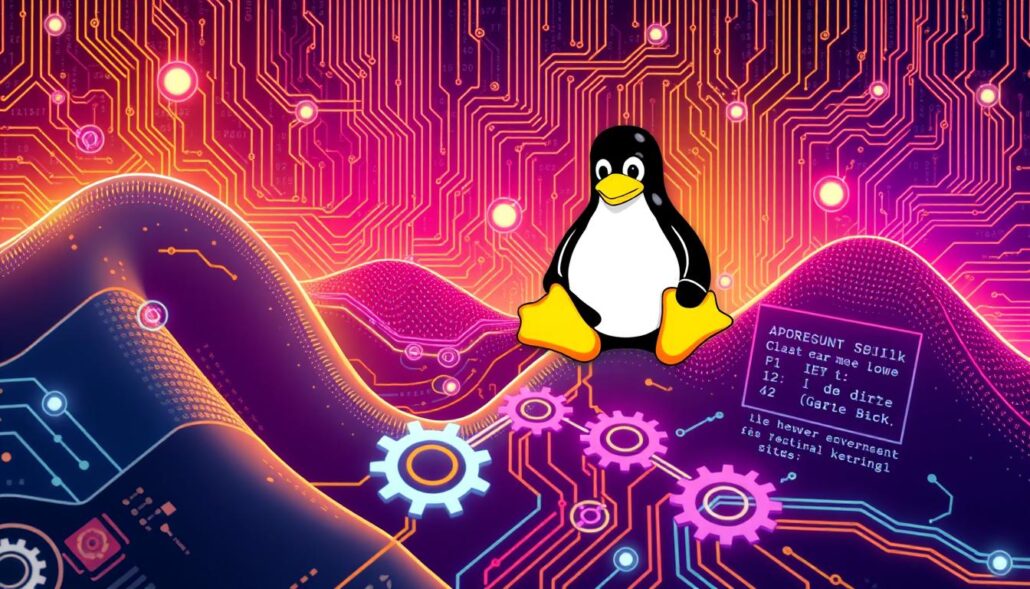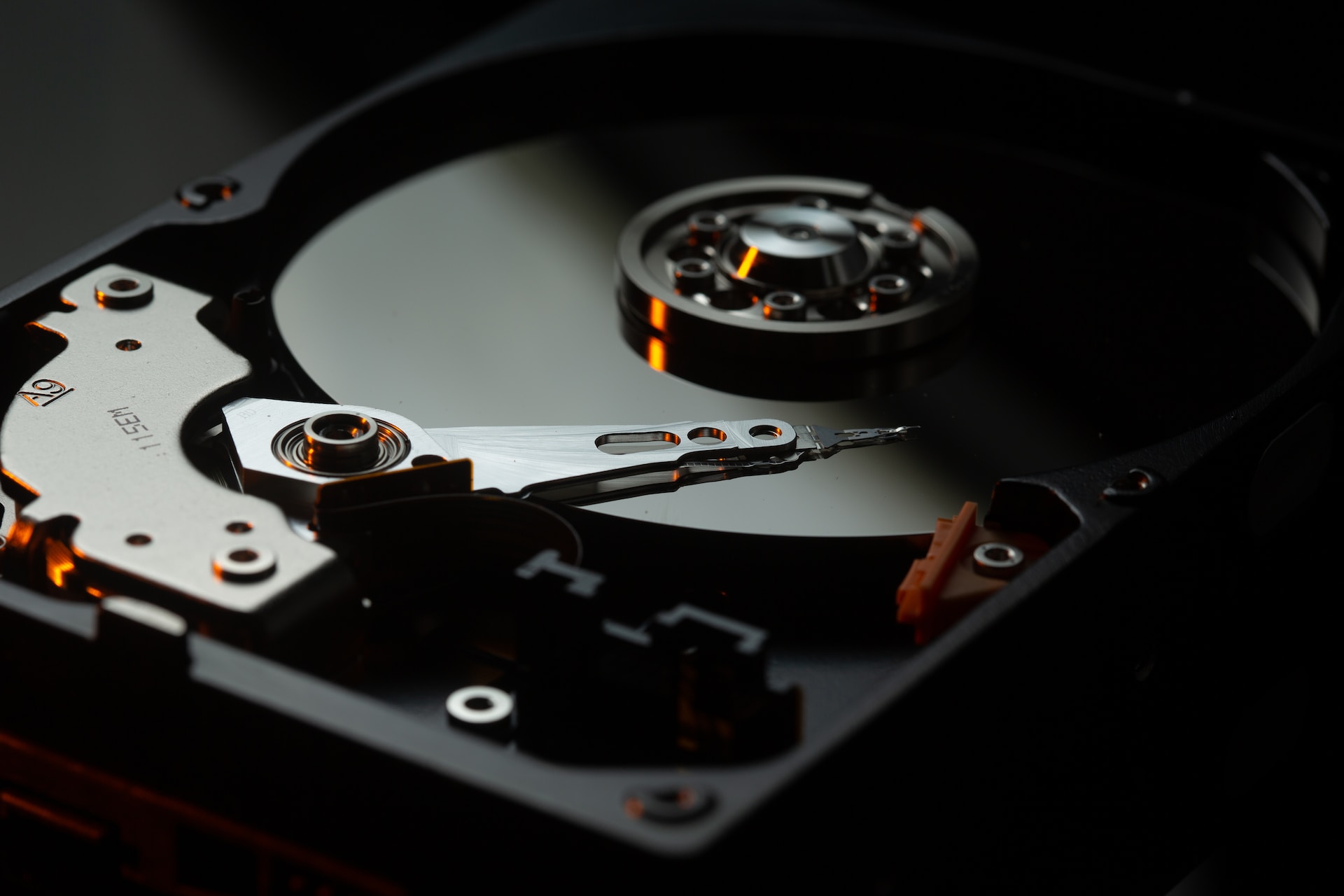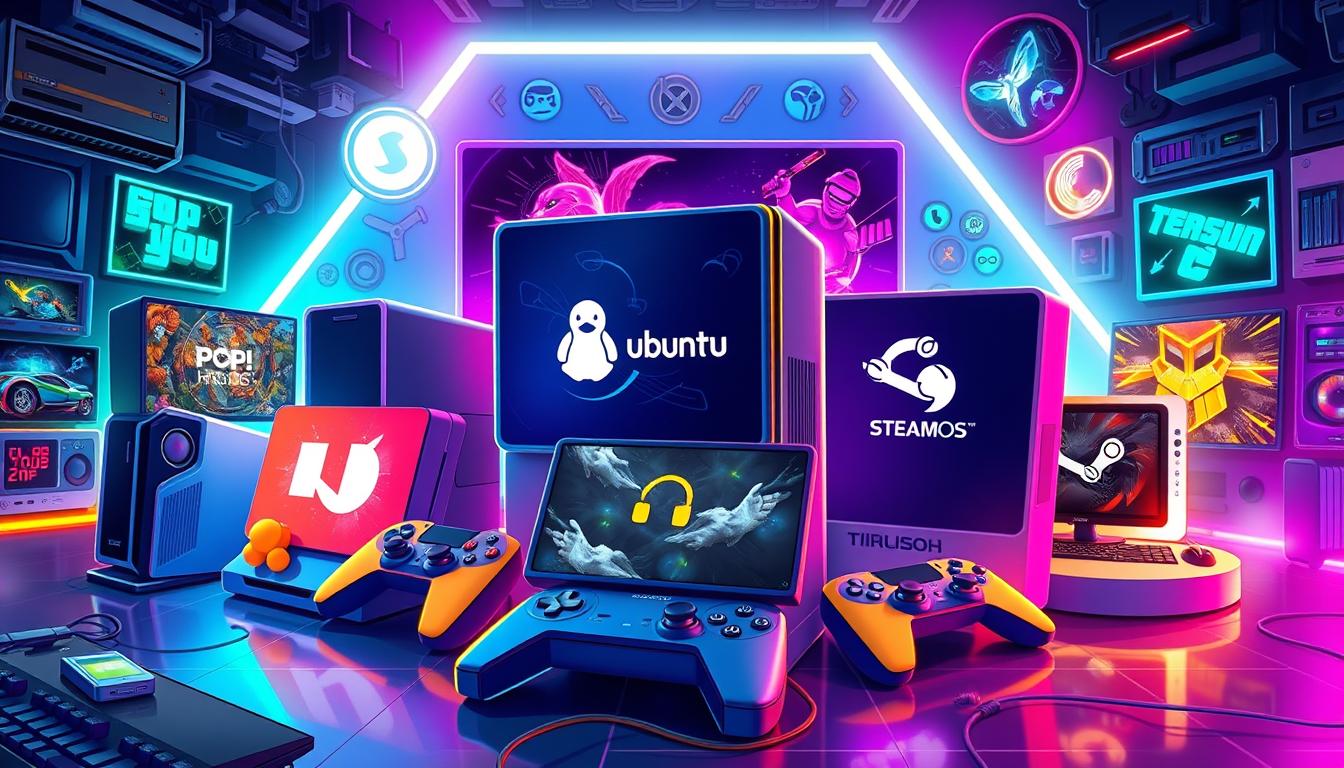The Linux kernel is at the heart of the Linux operating system. It acts as a bridge between the computer’s hardware and software. This kernel manages key resources like processes, memory, and devices.
It also handles file systems, networking, and security. Thanks to its open-source nature, the kernel keeps getting better. A worldwide team of developers works together to improve it. This makes Linux a strong and adaptable base for today’s computers.
Key Takeaways
- The Linux kernel is the core component of the Linux operating system, managing essential system resources and acting as an interface between hardware and software.
- The Linux kernel is open-source, allowing for continuous development and improvement by a global community of developers.
- The Linux kernel plays a critical role in modern computing, powering a wide range of devices and environments, from servers and cloud computing to embedded systems and the Internet of Things (IoT).
- The Linux kernel’s monolithic architecture and modular design provide flexibility and scalability, enabling it to adapt to a variety of use cases.
- Advanced features of the Linux kernel, such as KVM, LXC, and eBPF, expand its capabilities and make it a versatile choice for a wide range of computing needs.
Understanding the Linux Kernel
The Linux kernel is at the heart of the Linux operating system. It manages the system’s hardware and helps software talk to hardware. The kernel is key to a Linux system’s function, handling tasks like process and memory management, and more.
The Kernel’s Role in the Operating System
The Linux kernel is the operating system’s core. It connects software and hardware. It controls system resources for efficient performance. Key tasks include managing processes, memory, and devices, and organizing the file system.
Distinguishing the Kernel from Linux Distributions
While “Linux” and “Linux kernel” are often mixed up, they’re not the same. The Linux kernel is the operating system’s core, providing basic functions. A Linux distribution, like Ubuntu, includes the kernel and more software, tools, and utilities.
Linux distributions offer different features and are built on the Linux kernel. They include the GNU toolchain, desktop environments, and many applications. These distributions cater to various needs, all based on the Linux kernel.
| Attribute | Linux Kernel | Linux Distribution |
|---|---|---|
| Purpose | Manage hardware resources and facilitate communication between software and hardware | Provide a complete, user-friendly operating system with a wide range of software and tools |
| Components | The core system software that handles low-level system functions | The Linux kernel plus additional software, utilities, and configurations |
| Customization | Limited to kernel-specific modifications | Highly customizable with a wide range of desktop environments, applications, and settings |
| Target Audience | Developers, system administrators, and experts | Users ranging from beginners to advanced professionals |
Monolithic Architecture of the Linux Kernel
The Linux kernel is at the heart of the Linux operating system. It uses a monolithic architecture. This means the whole kernel runs as one program, with full access to the computer’s hardware. This is different from the microkernel architecture, which splits the kernel into smaller programs.
The monolithic design has made the Linux kernel stable and fast. Monolithic kernels are bigger than microkernels because they include everything in one address space. This makes them run faster since all services are in one place.
| Feature | Monolithic Kernel | Microkernel |
|---|---|---|
| Size | Larger | Smaller |
| Execution Speed | Faster | Slower |
| Extensibility | Complex | Easier |
| Security | Lower | Higher |
| Code Complexity | Less | More |
The monolithic architecture of the Linux kernel architecture has its benefits. It’s fast and simple. But, it also has challenges. For example, adding new features is hard because you have to change the whole system. If something goes wrong, it can affect the whole system.
To solve these problems, the Linux kernel has added something new. It can now load modules dynamically. This lets developers add new drivers and software without changing the core kernel. This way, the kernel stays fast and flexible, while also being more secure.
The Origins and Development of Linux Kernel
The Linux kernel started in 1991. Linus Torvalds, a Finnish programmer, wanted to make a Unix-like system for x86 computers. He shared the code online, and soon, developers worldwide helped improve it.
Linus Torvalds and the Birth of Linux
Linus Torvalds began working on Linux in January 1991. He used a 386 CPU, 4 megabytes of RAM, and a hard drive. In August 1991, he shared his plans for a free operating system online.
The Collaborative Open-Source Model
The Linux kernel was free to modify and distribute. This attracted developers from all over. They worked together, believing in open-source principles.
Linux grew fast with the help of the GNU Project’s utilities. Version 1.0 was released in 1994. It showed the power of open-source collaboration.
Linux distributions like Slackware, Debian, and Red Hat made Linux easier to use. Later versions improved networking and scalability. This made Linux strong and versatile.

Linux’s success story has grown over time. The open-source model keeps driving its development. Today, Linux runs on devices worldwide, showing the strength of community-driven software.
Core Functions of the Linux Kernel
The Linux kernel is at the heart of the Linux operating system. It manages system resources and helps software and hardware talk to each other. It handles process management, memory, device drivers, and input/output (I/O) operations.
Resource Management and Process Handling
The Linux kernel is great at managing system resources. It schedules and allocates CPU time and switches between processes. This ensures the system uses its power well by prioritizing tasks.
The kernel also manages memory. It allocates and deallocates memory, maps virtual memory, and swaps data to use resources better. This keeps the system stable and fast.
Input/Output and Device Management
The Linux kernel also manages I/O operations and device drivers. It lets software and hardware communicate smoothly. This means apps can read and write data to devices and networks.
The kernel’s device management is impressive. It can load and unload device drivers as needed. This lets the system work with different hardware without losing stability or speed.
| Key Linux Kernel Functions | Description |
|---|---|
| Process Handling | Scheduling, allocating CPU time, and switching between processes |
| Memory Management | Allocating and deallocating memory, virtual memory mapping, and swapping |
| Device Driver Management | Enabling communication with hardware devices |
| Input/Output (I/O) Operations | Reading and writing data to storage and other devices |
The Linux kernel manages these key functions well. This makes the operating system run efficiently and reliably. It provides a strong base for many applications and services on Linux.
Linux Kernel Explained: What It Is and Why It Matters
The Linux kernel is at the heart of many Linux-based operating systems. It’s used in servers, desktops, embedded systems, and IoT devices. Thanks to its open-source nature and global community support, it’s highly customizable and strong.
The Linux kernel manages system resources and helps processes talk to each other. It also keeps data safe with its security features. It handles device drivers, networking, file systems, and scheduling, making computing smooth and efficient.
The Linux kernel’s role in modern computing is huge. It’s key in server and cloud computing, offering scalability and reliability. It’s also great for embedded systems and IoT, where it saves power and boosts performance.
“The Linux kernel is the beating heart of the open-source ecosystem, powering a vast array of computing platforms and driving innovation in the digital world.” – Linus Torvalds, Creator of the Linux Kernel
In summary, the Linux kernel is crucial for computing. It’s the base for many operating systems and environments. Its open-source nature, ongoing development, and strong features make it essential for today’s tech, driving innovation and shaping the future.
Advanced Features of the Linux Kernel
The Linux kernel has more than just basic functions. It has advanced features that make it more powerful and flexible. These features help users in many ways, like virtualization, container technology, and managing resources well.
Kernel Virtual Machine (KVM)
KVM is a part of the Linux kernel that supports virtualization. It lets users run virtual machines on Linux, making things more flexible and efficient. KVM works closely with the kernel to give users secure access to hardware.
LXC and Container Technology
LXC, or Linux Containers, is another key feature. It lets programs run in their own spaces without the need for full virtualization. LXC uses kernel features to offer fast, secure, and lightweight container-based solutions.
Extended Berkeley Packet Filter (eBPF)
eBPF is a powerful tool in the Linux kernel. It lets programs run safely inside the kernel. This makes managing resources efficient and adds to networking, security, and monitoring abilities. eBPF programs can be updated easily, making it useful for developers and admins.
Features like KVM, LXC, and eBPF show how the Linux kernel keeps getting better. These technologies help the kernel stay adaptable and feature-rich. They make Linux a great platform for many applications.

| Feature | Description | Key Benefits |
|---|---|---|
| Kernel Virtual Machine (KVM) | Virtualization support within the Linux kernel | Efficient and secure virtual machine management |
| LXC and Container Technology | Containerized environments without traditional virtualization | Lightweight, fast, and secure container-based deployments |
| Extended Berkeley Packet Filter (eBPF) | Allows sandboxed programs to run directly within the kernel | Efficient and secure resource management, advanced networking, security, and monitoring capabilities |
“The Linux kernel continues to evolve, offering users a robust and feature-rich platform for a wide range of applications.”
The Modular Nature of the Linux Kernel
The Linux kernel’s design is modular, making it versatile and customizable. Developers can choose which features to include when compiling the kernel. This lets them create versions that fit different computing needs.
At the heart of this design are kernel modules. These are pieces of code that can be added or removed without restarting the system. They add functions for devices, file systems, and system calls, making the kernel more flexible.
The kernel’s design also makes kernel configuration easier. Developers can pick which modules to include, creating optimized builds for specific tasks. This customization is a big advantage for Linux users and admins.
The Linux kernel’s modularity has helped it become widely used. It can be customized for many needs, from high-performance computing to IoT devices. This flexibility has made Linux a top choice in many fields, showing its adaptability in modern computing.
“The ability to dynamically load and unload kernel modules is a testament to the power and flexibility of the Linux kernel. This modular design allows developers to easily extend the kernel’s capabilities, making it a truly customizable and adaptable platform.”
The Importance of Linux Kernel in Modern Computing
The Linux kernel is key in today’s computing world. It’s used in server and cloud computing, embedded systems, and the Internet of Things (IoT). Its open-source nature and constant updates make it a solid base for many applications. This includes fast servers and small IoT devices.
Its ability to adapt to different needs has made it essential. It’s a vital part of modern computing’s growth.
Server and Cloud Computing Environments
Linux is a big deal in server and cloud computing. It supports about 90% of public cloud workloads. This shows its big role in cloud setups.
It’s also chosen over old Unix systems in big companies. This is because Linux is more stable and has less downtime. It’s great for handling big workloads.
Embedded Systems and Internet of Things (IoT)
Linux is also everywhere in embedded systems and IoT. It works in many devices, from smart home gadgets to industrial systems. Its open-source nature makes it easy for new programmers to use.
This has helped Linux grow in the IoT world.
The Linux kernel has lasted 30 years, showing it’s strong and still important. As it celebrates this milestone, it keeps getting better thanks to a huge community. This ensures it will keep being vital in computing.
| Statistic | Value |
|---|---|
| Percentage of public cloud workload supported by Linux | 90% |
| Linux kernel’s age | 30 years |
“The Linux kernel’s open-source nature, robust features, and continuous development have made it a reliable and flexible foundation for a wide range of computing applications.”
Conclusion
The Linux kernel was created by Linus Torvalds in 1991. It has become a key part of modern computing. It acts as the heart of the Linux operating system, managing system resources and services.
This kernel is open-source, which means many people can work on it together. It’s used in servers, cloud environments, and even in the Internet of Things (IoT). Its design and features make it crucial in today’s tech world.
The Linux kernel is essential for connecting hardware and software. It handles resources, input/output, and device management well. Its ongoing development and a worldwide community of contributors make it a cornerstone of digital technology.








Leave a Reply